Transitional dining rooms masterfully blend traditional elegance with contemporary sophistication, creating spaces that feel both timeless and current. This versatile design approach combines classic furniture silhouettes with modern materials, neutral color palettes with subtle patterns, and comfortable functionality with refined aesthetics. Whether you prefer warm wood tones paired with sleek metal accents or soft textiles combined with clean lines, transitional style offers endless possibilities for creating an inviting dining environment that works for both everyday meals and formal entertaining occasions.

1. Neutral Wood Table with Upholstered Dining Chairs

Create a sophisticated foundation with a rich walnut or oak dining table paired with soft gray upholstered chairs featuring nailhead trim. This combination showcases the transitional aesthetic perfectly by balancing traditional wood craftsmanship with contemporary fabric choices. Choose chairs with clean lines and subtle button tufting to add texture without overwhelming the space. The warm wood grain provides natural beauty while neutral upholstery ensures versatility for changing seasonal decor. Add brass or bronze hardware accents through chair legs or table details to elevate the overall design and create visual cohesion throughout the room.
2. Mixed Metal Chandelier with Glass Globe Elements
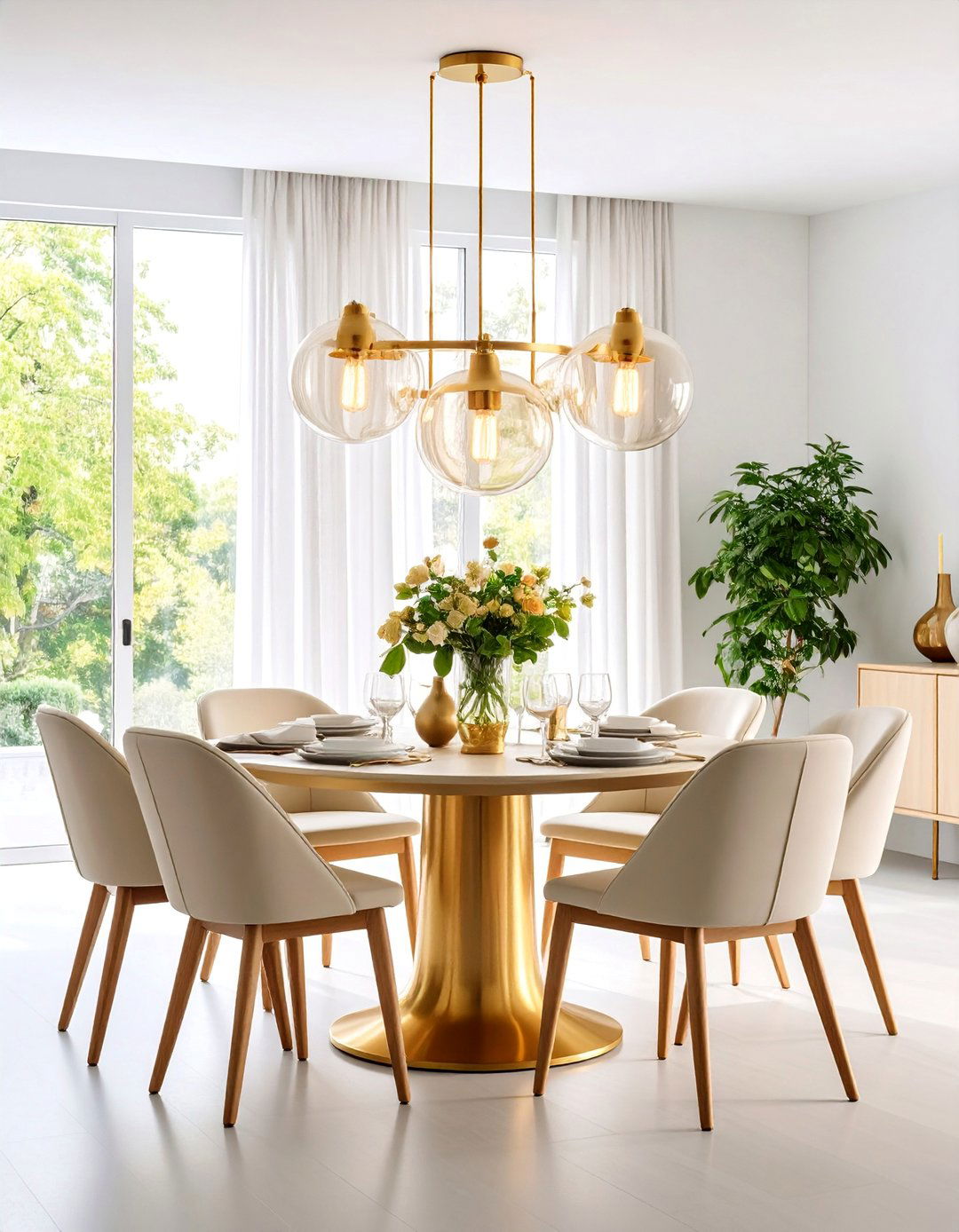
Install a statement chandelier that combines brushed brass or bronze framework with clear glass globe shades to achieve perfect transitional lighting. This style bridges traditional crystal elegance with modern minimalist appeal, providing both ambient and task lighting for dining activities. Choose fixtures with clean geometric lines while maintaining some ornate details like curved arms or decorative metalwork. The glass elements add brightness and airiness while metal components provide structure and sophistication. Position the chandelier approximately thirty inches above your dining table to ensure proper illumination and visual balance within the space.
3. Textured Area Rug in Soft Gray Tones

Ground your dining space with a large textured area rug in warm gray or beige tones that extends beyond all furniture pieces when chairs are pulled out. Select natural fiber rugs like jute, wool, or cotton blends that offer subtle geometric patterns or organic textures rather than bold designs. The rug should measure at least eight by ten feet to properly anchor a six-person dining table while providing comfortable walking space. This foundation piece adds warmth to hard flooring surfaces while introducing visual interest through texture rather than color, maintaining the calm sophistication characteristic of transitional design.
4. Wooden Sideboard with Modern Hardware

Incorporate a sleek wooden sideboard featuring contemporary metal handles in brushed nickel or matte black to provide essential storage while maintaining style continuity. Choose pieces with clean-lined construction but warm wood tones that complement your dining table. The sideboard should offer a combination of open shelving for display and closed cabinets for concealing everyday dinnerware. Top the piece with a simple table lamp, small greenery, or decorative bowls to create visual height variation. This functional furniture serves as both storage solution and serving surface during entertaining while adding architectural interest to empty wall space.
5. Soft Blue Accent Wall with White Wainscoting
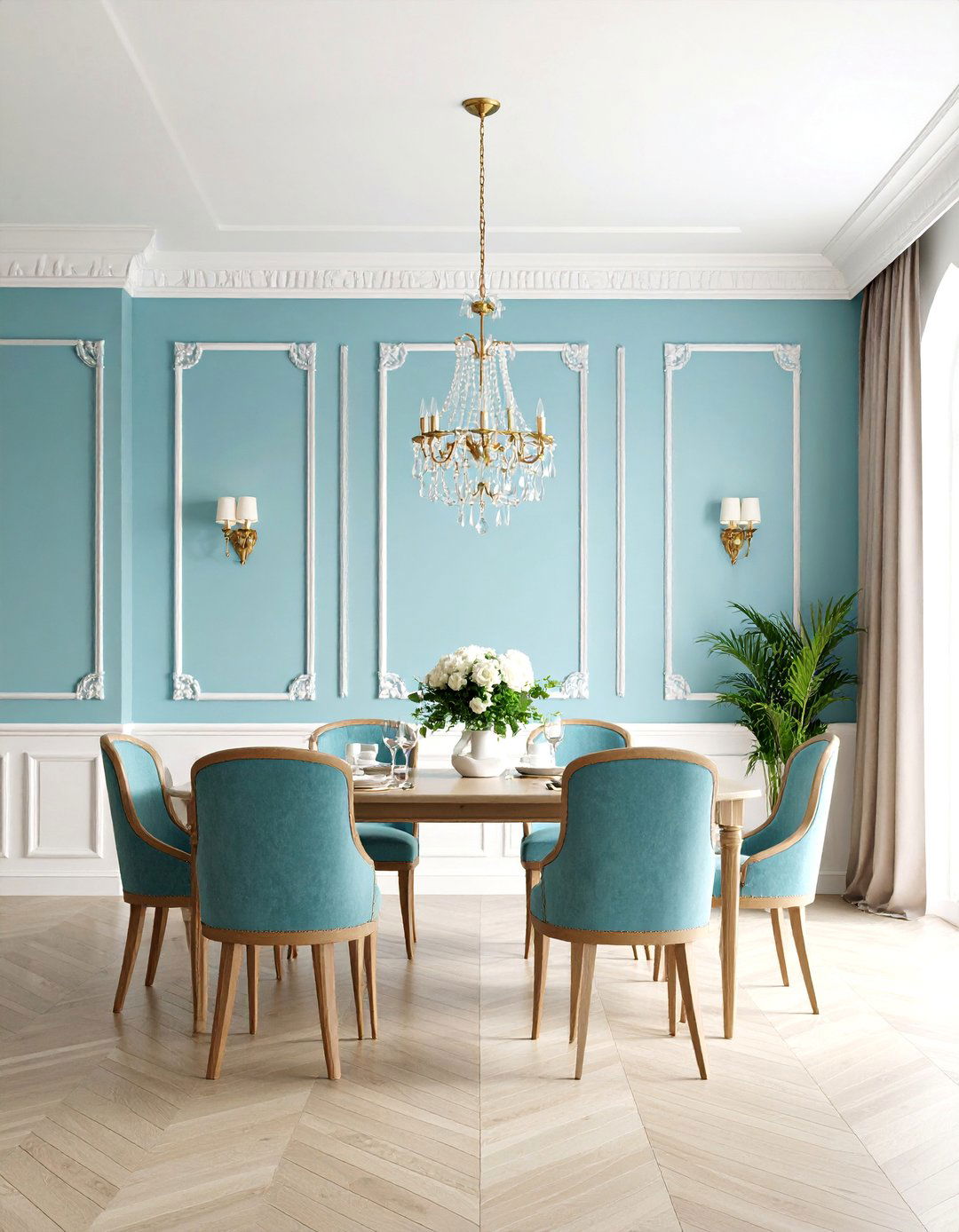
Transform one dining room wall with soft blue or sage green paint above crisp white wainscoting to add subtle color while maintaining transitional elegance. The wainscoting provides traditional architectural detail while the muted wall color introduces contemporary freshness without overwhelming the space. Choose paint colors in the blue-gray or green-gray family that complement natural wood tones and work well with both warm and cool lighting. This treatment creates a focal point behind your dining table or buffet while providing enough visual interest to eliminate the need for additional wall decor in smaller spaces.
6. Linen Window Treatments in Natural Tones
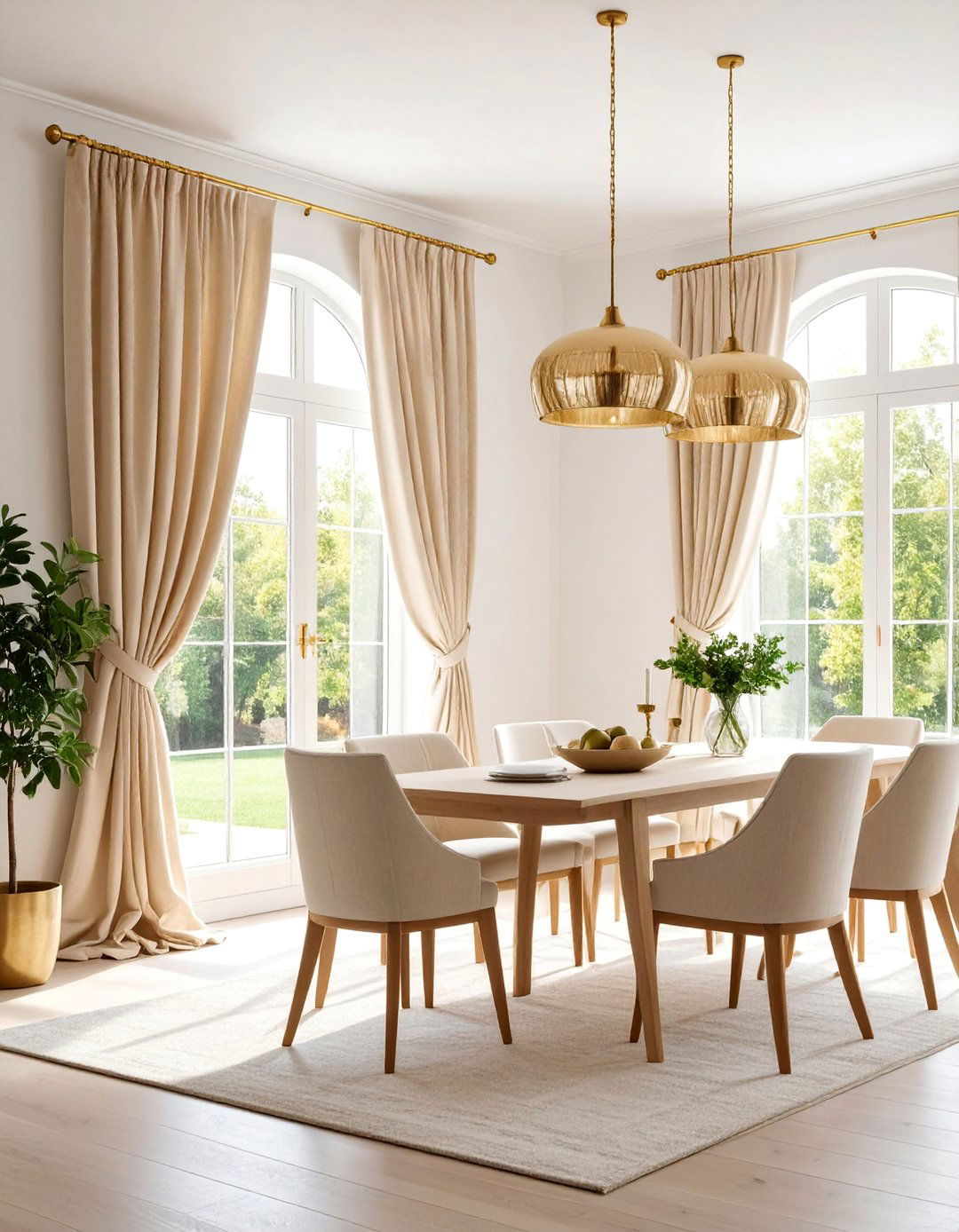
Install floor-length linen curtains in cream, oatmeal, or soft gray hung from simple brass or black metal rods to frame dining room windows beautifully. Choose fabrics with subtle texture rather than patterns to maintain the serene transitional aesthetic while adding softness to hard surfaces. The natural fibers complement wood furniture while the neutral colors work with any seasonal decor changes. Hang curtains close to the ceiling and extend them beyond window frames to create the illusion of larger windows and higher ceilings. This treatment provides privacy when needed while maintaining the bright, airy feeling essential to transitional design.
7. Ceramic Table Lamps on Buffet Console
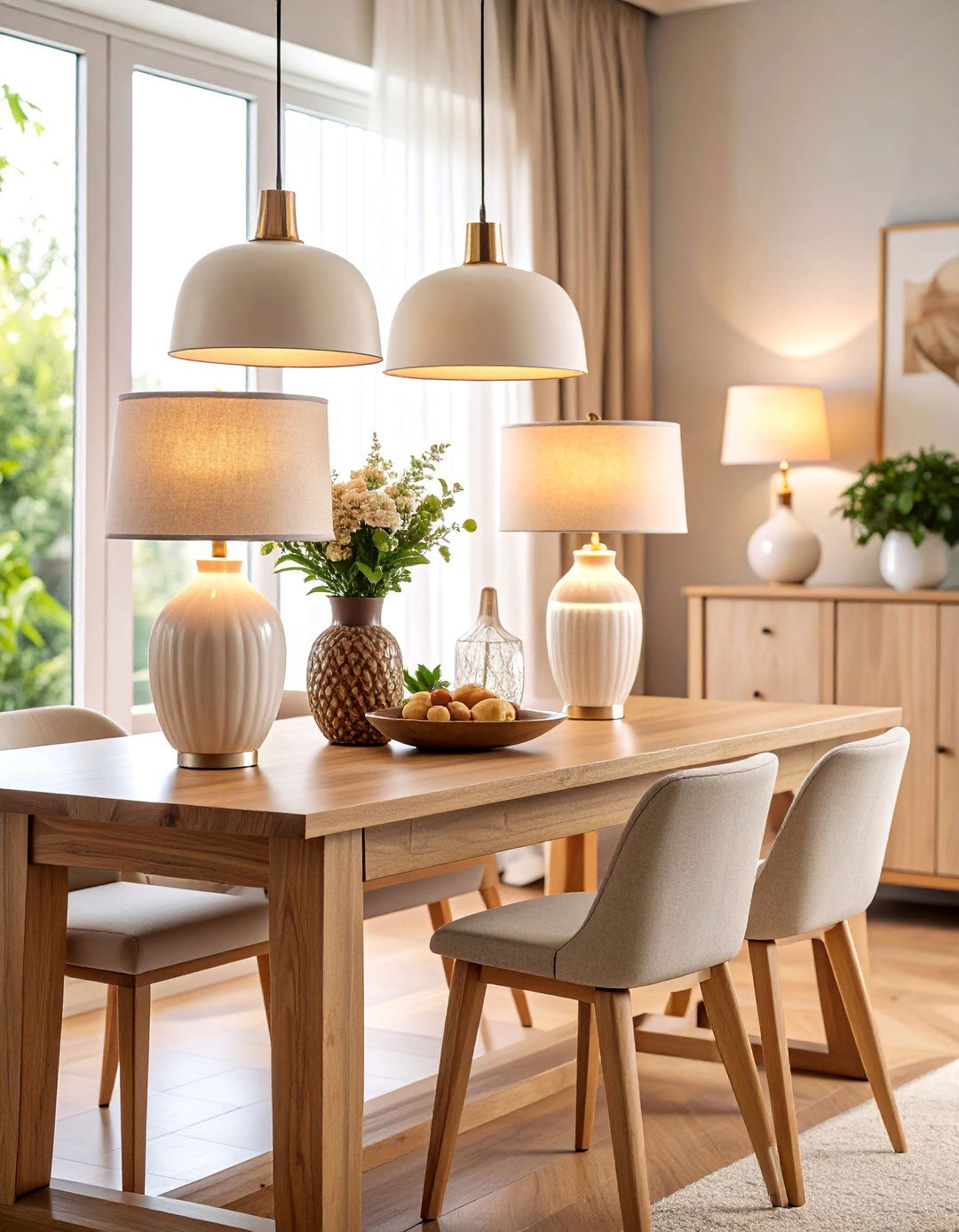
Add layered lighting with matching ceramic table lamps in white or cream placed on either end of your dining room buffet or console table. Choose lamps with simple, elegant silhouettes and neutral drum shades that provide soft ambient lighting during evening meals. The ceramic bases add texture and visual weight while maintaining the clean aesthetic of transitional style. These accent lights create intimate atmosphere when overhead lighting is dimmed and provide practical illumination for serving or displaying decorative items. Coordinate lamp finishes with other metal accents throughout the room for cohesive design flow.
8. Gallery Wall with Black-Framed Artwork
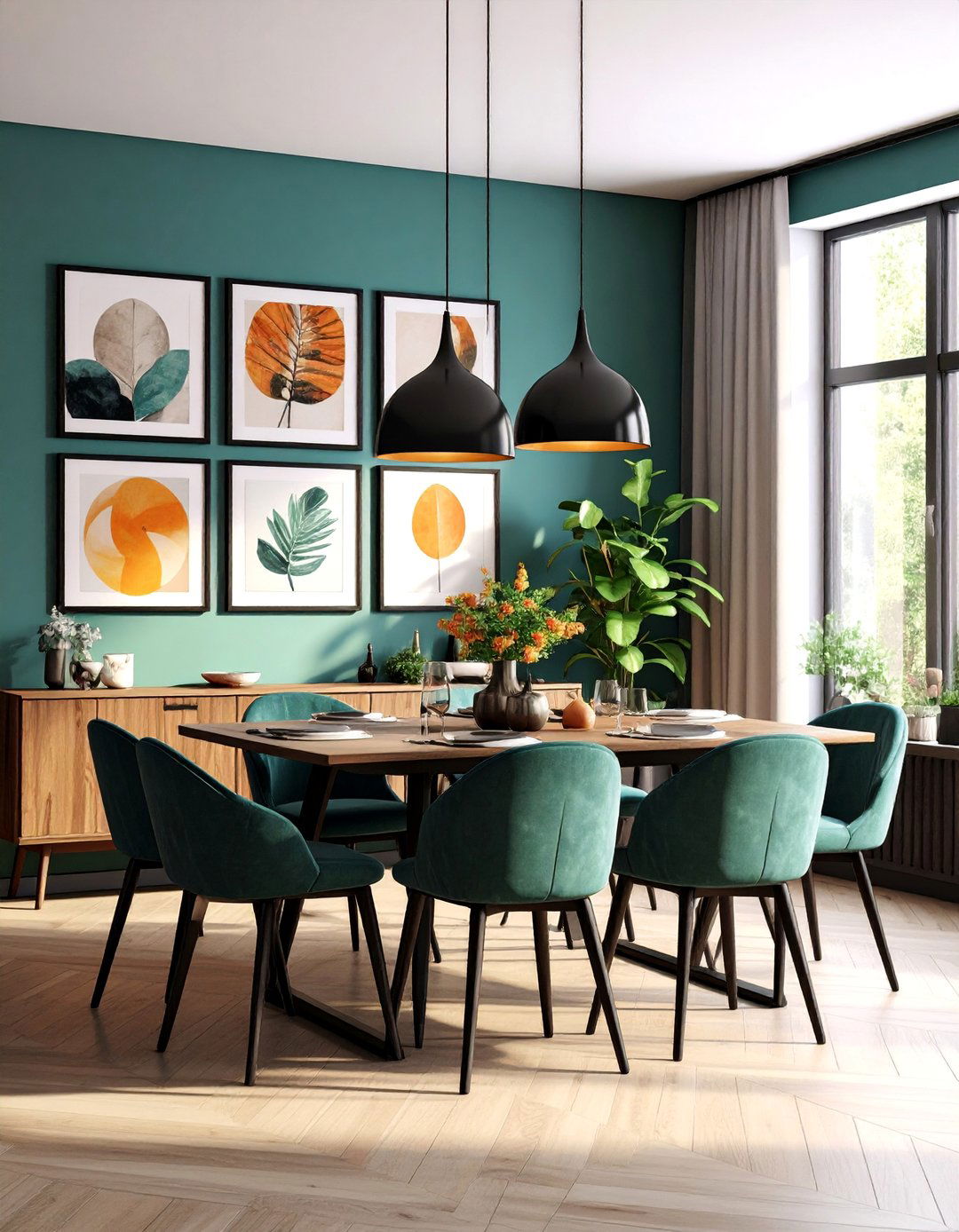
Create visual interest with a curated gallery wall featuring black-framed artwork in neutral tones, botanical prints, or abstract designs that complement your transitional color scheme. Arrange pieces in a balanced composition above your sideboard or along an empty wall, mixing different sizes while maintaining consistent framing. Choose artwork that incorporates soft colors like sage green, warm gray, or cream to enhance rather than compete with your overall design. The black frames provide definition and contemporary edge while the subject matter remains timeless and sophisticated, perfectly embodying transitional style principles.
9. Round Pedestal Table with Windsor-Style Chairs
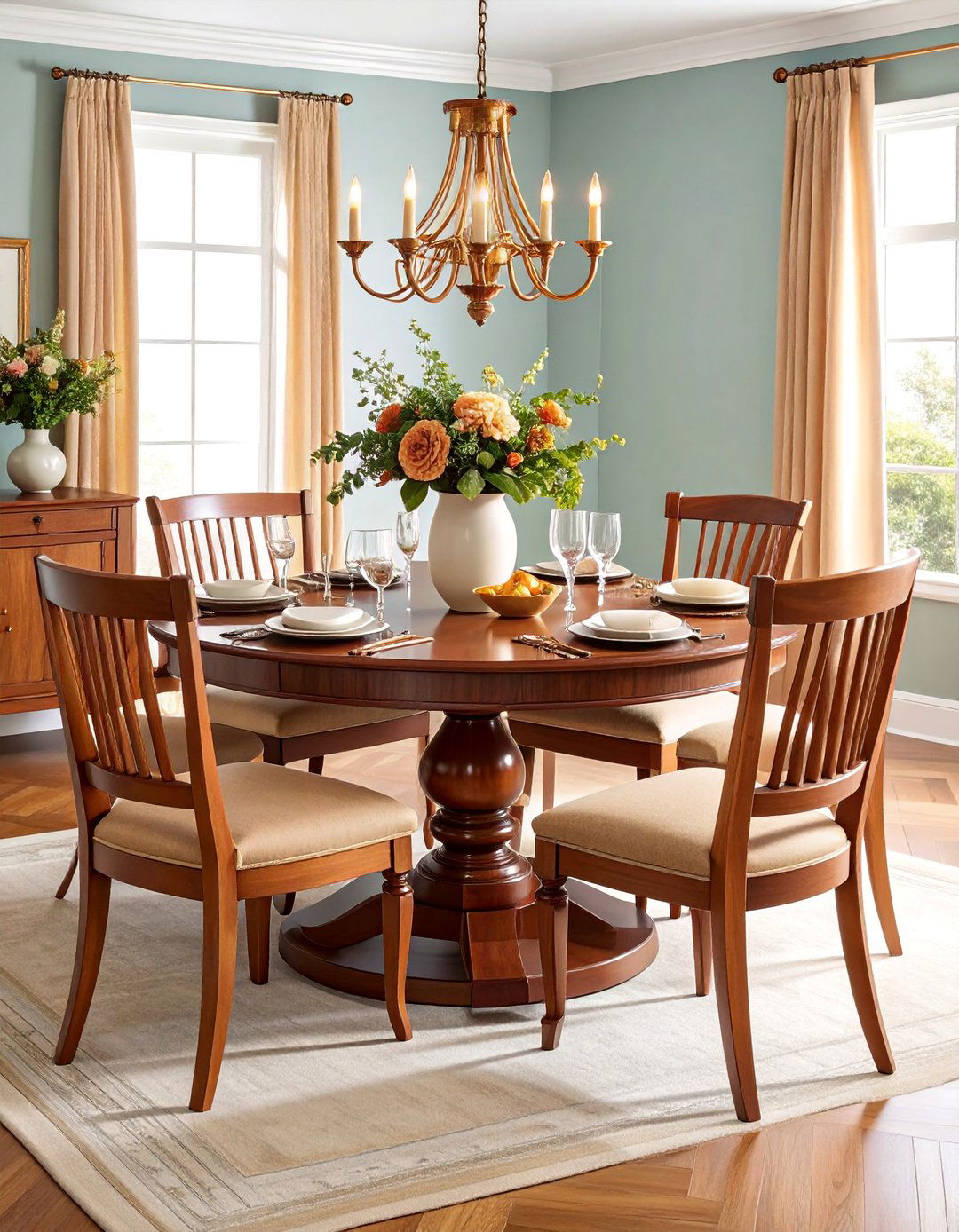
Embrace transitional design with a round pedestal dining table in rich cherry or mahogany paired with Windsor-style chairs featuring spindle backs and upholstered seats. This combination offers traditional woodworking craftsmanship with updated comfort features. The round shape encourages conversation while the pedestal base provides maximum legroom and visual lightness. Choose chairs with neutral fabric seats in linen or cotton blends that can be easily cleaned and updated seasonally. The curved lines of both table and chairs add organic elements while maintaining the refined sophistication characteristic of transitional dining rooms.
10. Brass Wall Sconces with Fabric Shades

Install brass wall sconces with cream or white fabric shades flanking your dining room's focal wall to provide elegant accent lighting and architectural interest. Choose fixtures with clean lines and minimal ornamentation that complement rather than compete with your chandelier or pendant lighting. The warm brass finish adds richness and sophistication while fabric shades soften the light output for comfortable dining ambiance. Position sconces at eye level when seated to avoid glare while creating balanced illumination throughout the space. This layered lighting approach allows for multiple mood settings depending on the occasion or time of day.
11. Natural Wood Ceiling Beams with White Paint
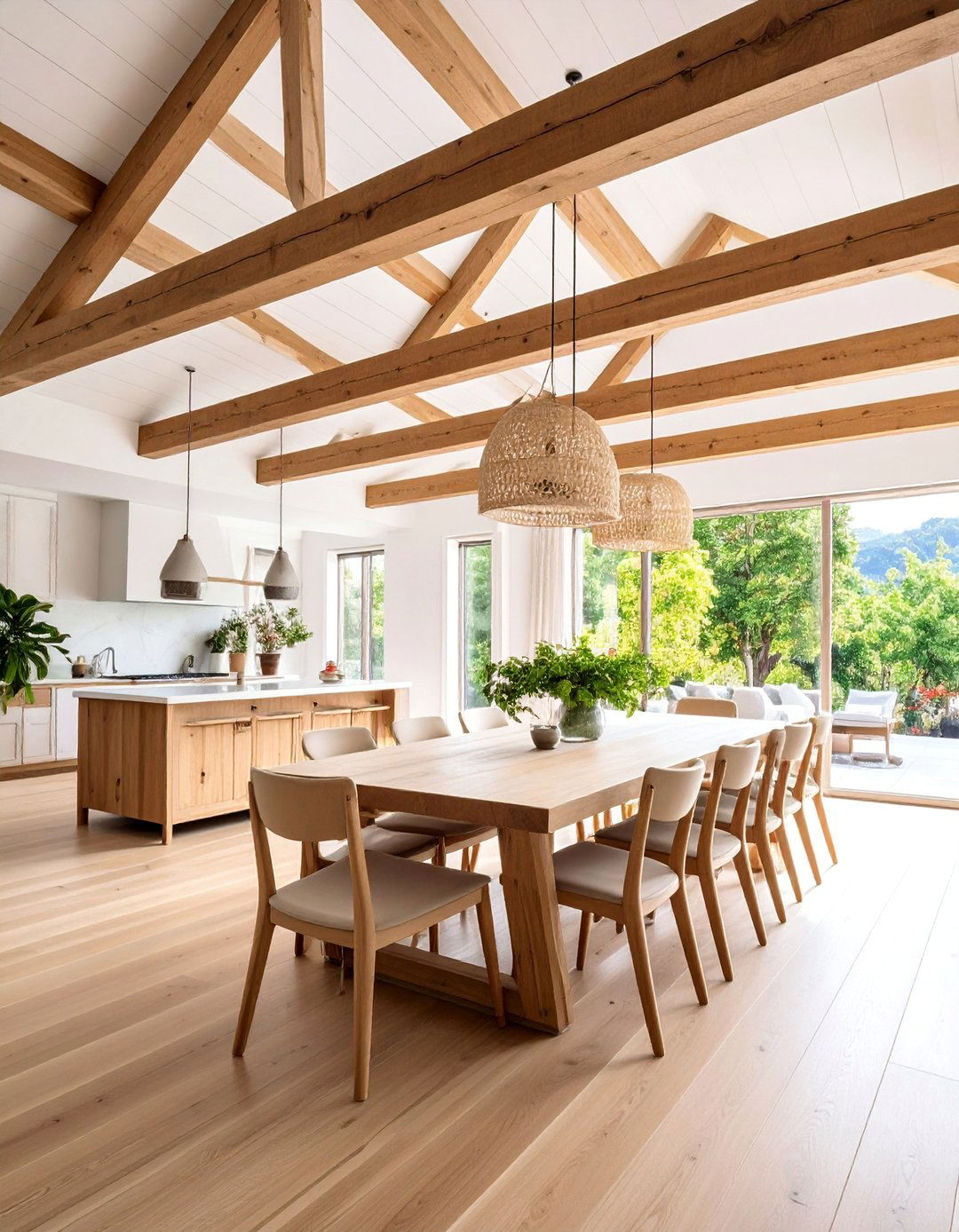
Add architectural character with exposed wooden ceiling beams stained in natural tones against a fresh white painted ceiling to create stunning visual contrast. This treatment brings traditional craftsmanship elements into contemporary spaces while adding texture and warmth overhead. The natural wood complements dining furniture while white paint keeps the space feeling bright and airy. Choose beam stains that coordinate with your dining table and other wood elements for design continuity. This architectural feature works particularly well in spaces with higher ceilings and helps define the dining area in open-concept floor plans.
12. Upholstered Dining Bench with Storage
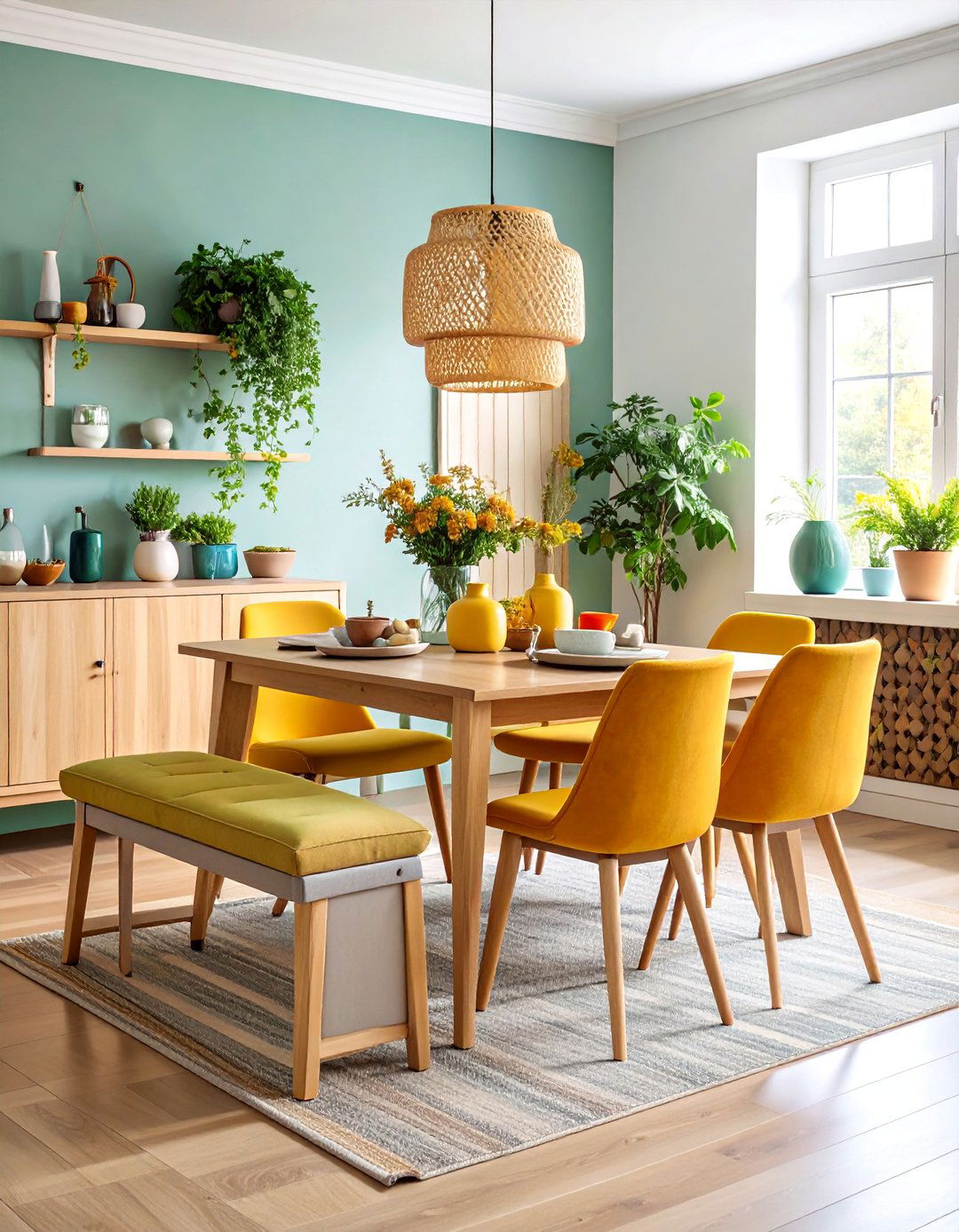
Replace traditional chairs on one side of your dining table with an upholstered bench featuring hidden storage compartments for linens, placemats, or seasonal decor. Choose neutral fabrics like linen or cotton in soft gray, beige, or cream that coordinate with existing seating while adding variety to your dining arrangement. The bench provides flexible seating for children or additional guests while the storage component adds practical functionality. This piece bridges traditional and contemporary elements by offering classic comfort with modern space-saving solutions, perfectly embodying transitional design principles.
13. Marble-Top Console with Iron Base

Incorporate a marble-topped console table with sleek iron or steel base as an elegant serving and storage solution that exemplifies transitional material mixing. The natural stone provides luxurious traditional appeal while the metal base offers contemporary structural design. Choose white, gray, or cream marble that complements your overall color scheme and works well with both warm and cool lighting. This piece serves as perfect display space for decorative items, seasonal centerpieces, or serving pieces during entertaining. The combination of materials adds sophisticated contrast while maintaining the balanced aesthetic essential to transitional style.
14. Geometric Pattern Wallpaper Accent

Create dramatic focal point with subtle geometric wallpaper in soft colors applied to a single accent wall behind your dining table or buffet area. Choose patterns in cream, soft gray, or muted blue that add visual texture without overwhelming the space or competing with furniture and artwork. The geometric elements provide contemporary edge while restrained colors maintain traditional elegance. This treatment works particularly well in smaller dining spaces where additional pattern and texture are needed to create interest. Select removable wallpaper options for easy updates as trends and preferences change over time.
15. Crystal and Metal Chandelier Combination
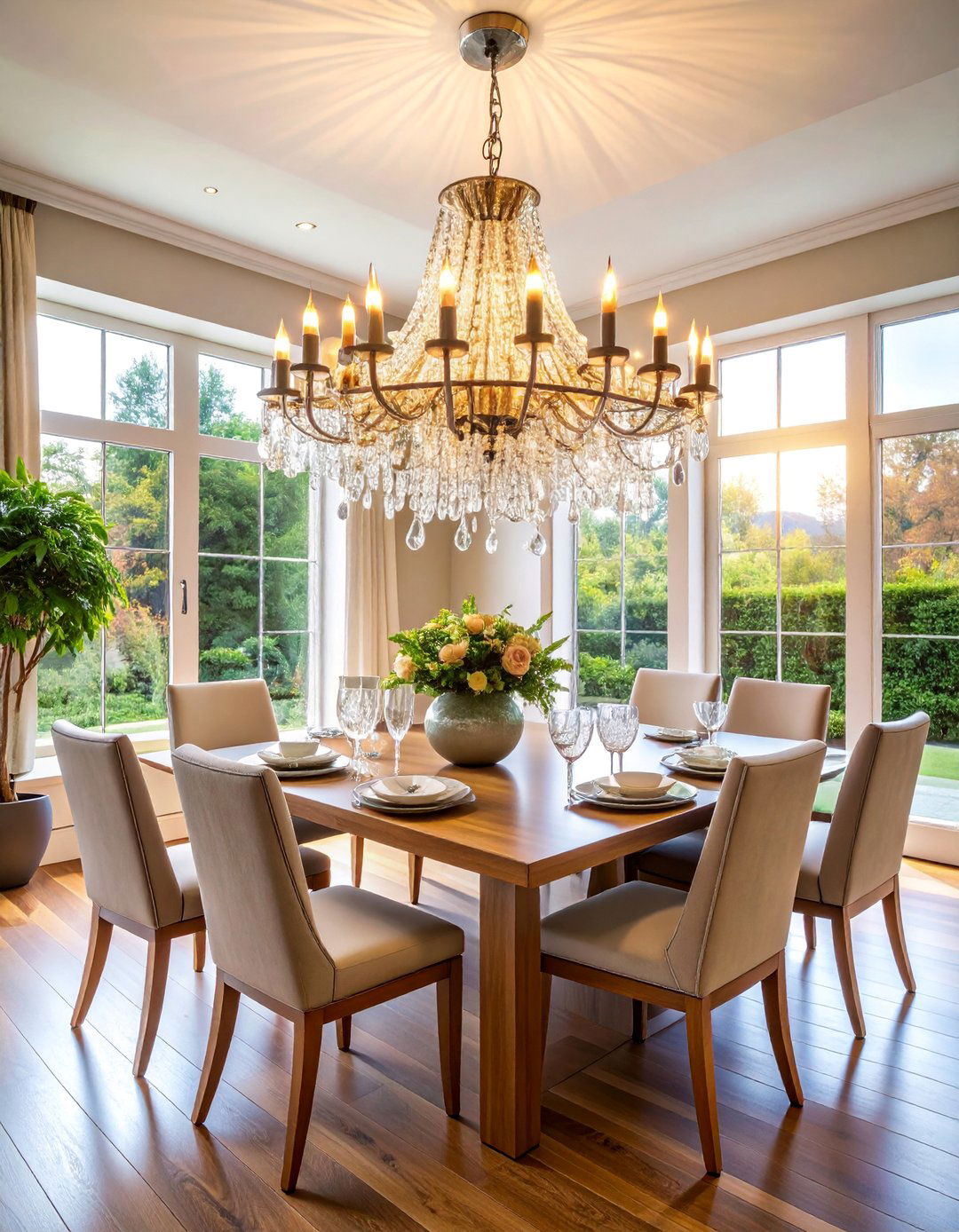
Select a transitional chandelier that combines crystal elements with brushed metal framework to bridge traditional elegance with contemporary sophistication. Choose pieces featuring clear crystal drops or beads suspended from brass, bronze, or brushed nickel arms with clean geometric shapes. This combination provides sparkling light reflection while maintaining modern structural design. The crystal elements add traditional glamour while metal components offer contemporary edge and durability. Size the fixture appropriately for your dining table and ceiling height, ensuring adequate clearance for comfortable seating while providing sufficient illumination for all dining activities and entertaining needs.
16. Built-In Corner Banquette Seating

Maximize dining space functionality with custom built-in banquette seating along one or two walls, upholstered in durable neutral fabrics and paired with a coordinating dining table. This approach provides comfortable seating for larger groups while creating intimate conversation areas. Choose fabrics in linen, cotton, or performance blends that withstand daily use while maintaining sophisticated appearance. Add throw pillows in complementary colors or subtle patterns for comfort and seasonal interest. The built-in approach offers efficient space utilization while creating custom architectural elements that enhance the room's transitional character and overall design cohesion.
17. Open Shelving Display with Curated Dishware
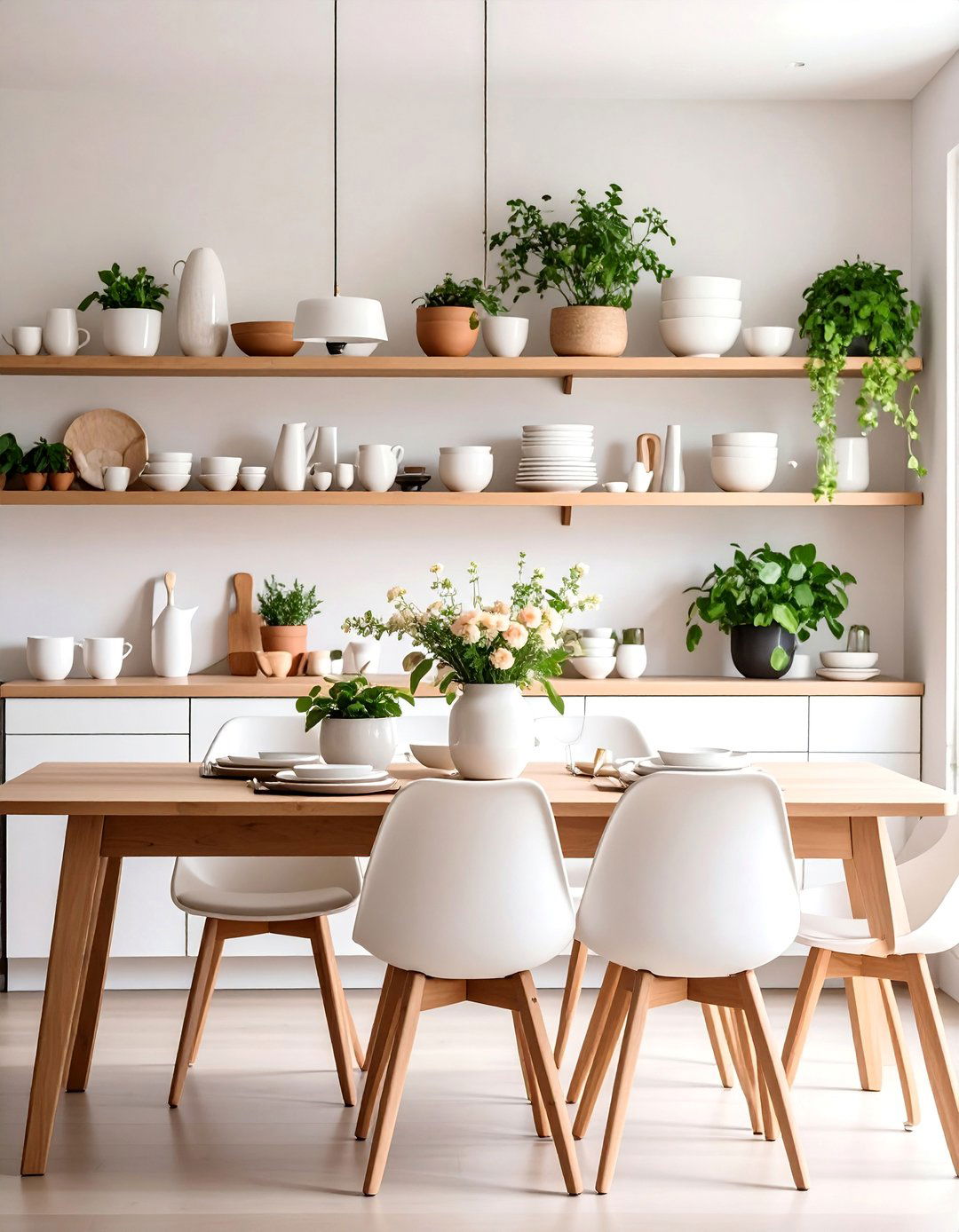
Install floating wooden shelves or a open hutch to display carefully curated collections of white or neutral dishware, creating both storage and decorative focal points. Choose pieces in classic shapes and timeless colors that complement your transitional aesthetic while providing practical storage for everyday and entertaining needs. Mix textures through ceramic, glass, and wooden serving pieces while maintaining color coordination. This display approach adds personality and warmth while keeping essential items easily accessible. The open concept prevents the space from feeling cluttered while showcasing beautiful functional pieces that enhance the room's sophisticated yet welcoming atmosphere.
18. Tufted Captain's Chairs with Rolled Arms

Update traditional dining with elegant captain's chairs featuring button-tufted backs and rolled arms upholstered in neutral linen or cotton fabrics. These chairs provide exceptional comfort for extended dining while adding sophisticated traditional elements to contemporary table settings. Choose fabrics in warm gray, cream, or soft beige that coordinate with existing decor while offering easy maintenance. The rolled arms and tufted details provide classic elegance while clean lines and quality construction ensure lasting durability. This seating choice works particularly well for formal dining rooms where comfort and style are equally important considerations.
19. Mixed Height Pendant Cluster Lighting

Create dynamic visual interest with a cluster of pendant lights in varying heights suspended over your dining table, combining traditional shapes with contemporary arrangements. Choose pendants in coordinating finishes like brushed brass or matte black with glass or fabric shades that provide both task and ambient lighting. This modern approach to dining room illumination offers traditional lamp forms arranged in contemporary compositions. The varied heights create movement and visual depth while ensuring even light distribution across the entire dining surface. This lighting solution works particularly well over rectangular or oval tables in spaces with higher ceilings.
20. Natural Fiber Runner with Seasonal Centerpiece
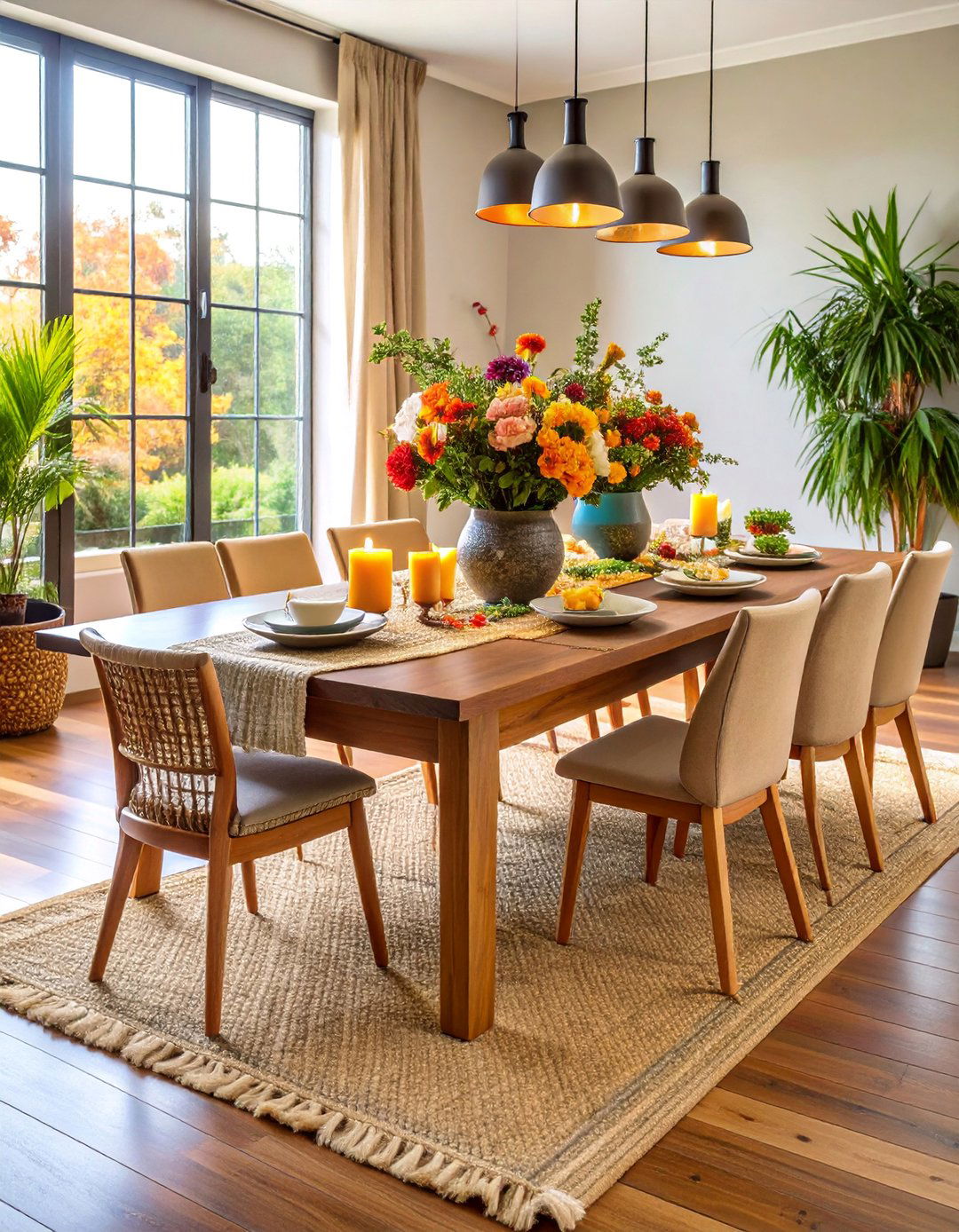
Layer a natural fiber table runner in jute, linen, or cotton down the center of your dining table to provide textural foundation for seasonal centerpiece arrangements. Choose runners in neutral colors that complement your overall color scheme while adding organic elements to hard surfaces. This approach allows easy seasonal updates through changing centerpiece elements like fresh flowers, candles, or decorative objects while maintaining consistent foundational style. The natural materials complement wood furniture while adding warmth and texture to contemporary table settings. This flexible decorating solution provides year-round sophistication with minimal investment and maximum impact.
21. Statement Mirror Above Buffet Console

Install a large-scale mirror with simple brass or black frame above your dining room buffet to reflect light and create the illusion of expanded space. Choose mirrors with clean geometric shapes that complement rather than compete with artwork and other decorative elements. The reflective surface amplifies both natural and artificial light while adding sophisticated focal point to serving and storage areas. This placement creates balanced visual weight while providing practical benefits for entertaining and daily use. The mirror serves as both functional and decorative element while enhancing the bright, airy feeling essential to successful transitional design implementation.
22. Two-Tone Paint Treatment with Chair Rail
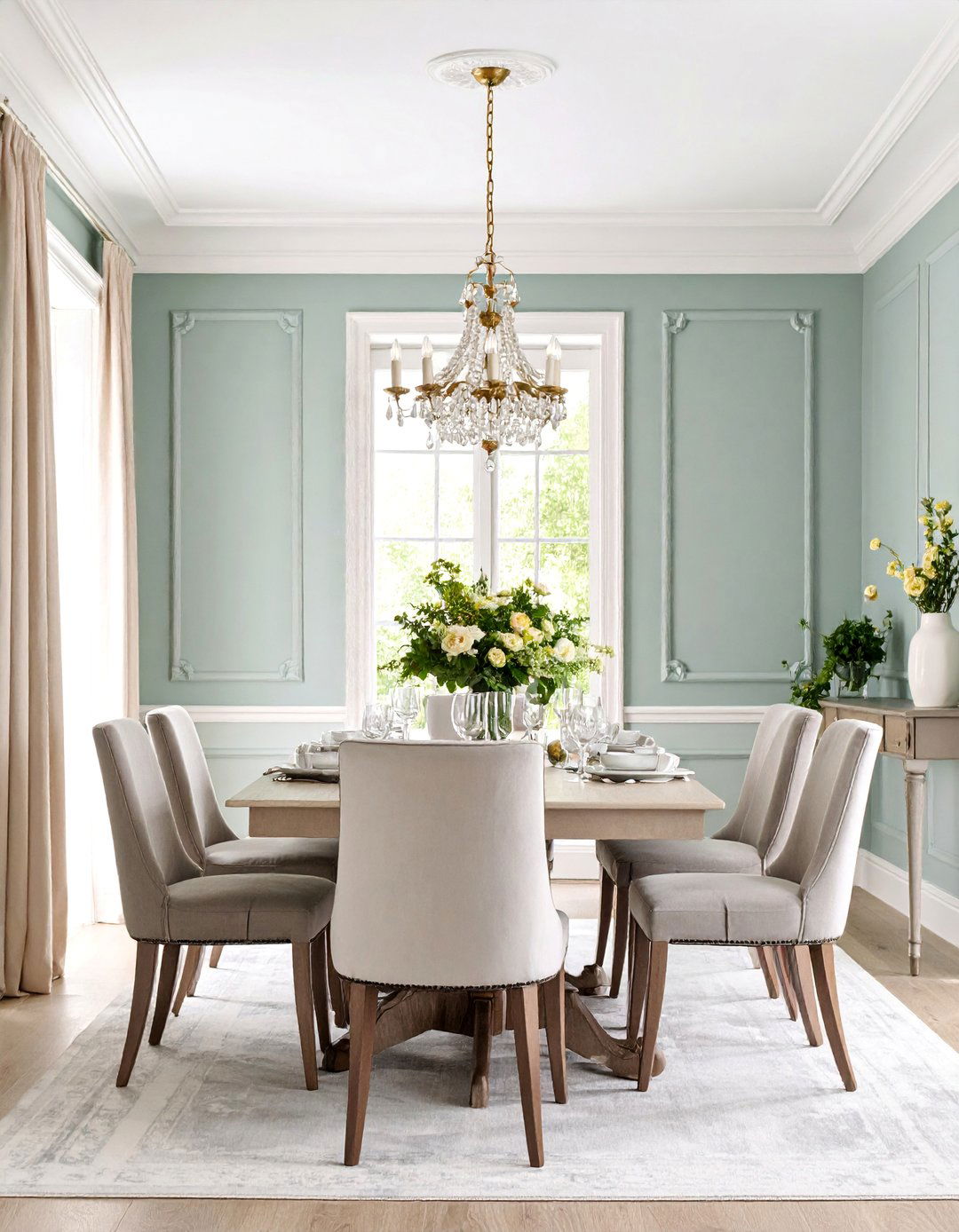
Implement sophisticated color blocking with two complementary neutral paint colors separated by traditional chair rail molding for added architectural interest. Choose combinations like cream and soft gray or warm white and sage green that provide subtle contrast without overwhelming the space. The chair rail adds traditional detailing while the color combination offers contemporary freshness. This treatment works particularly well in dining rooms with standard ceiling heights where additional visual interest is needed. The horizontal line created by the chair rail can make rooms appear wider while the two-tone approach adds depth and sophistication.
23. Vintage-Inspired Bar Cart with Modern Accessories
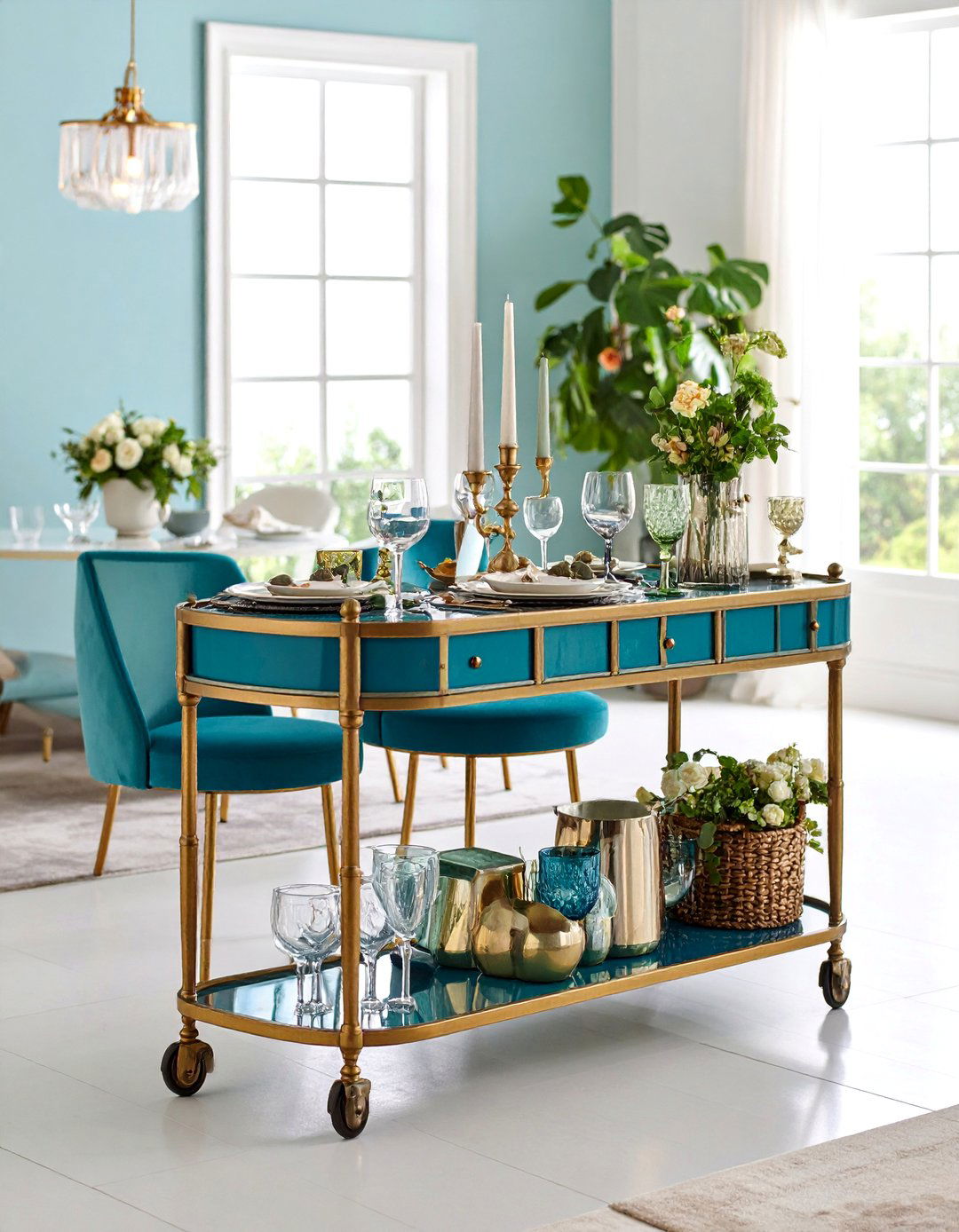
Incorporate a brass or mixed-metal bar cart styled with contemporary glassware and accessories to provide mobile serving solutions while adding glamorous transitional elements. Choose carts with clean lines and quality construction that can move easily between dining room and adjacent entertaining spaces. Style with modern decanters, elegant glasses, and small plants or decorative objects in neutral colors. This piece provides flexible functionality for entertaining while adding sophisticated metallic accents that complement other transitional elements. The vintage form combined with contemporary styling perfectly embodies the transitional approach to blending traditional and modern design elements.
24. Farmhouse Table with Sleek Metal Chairs
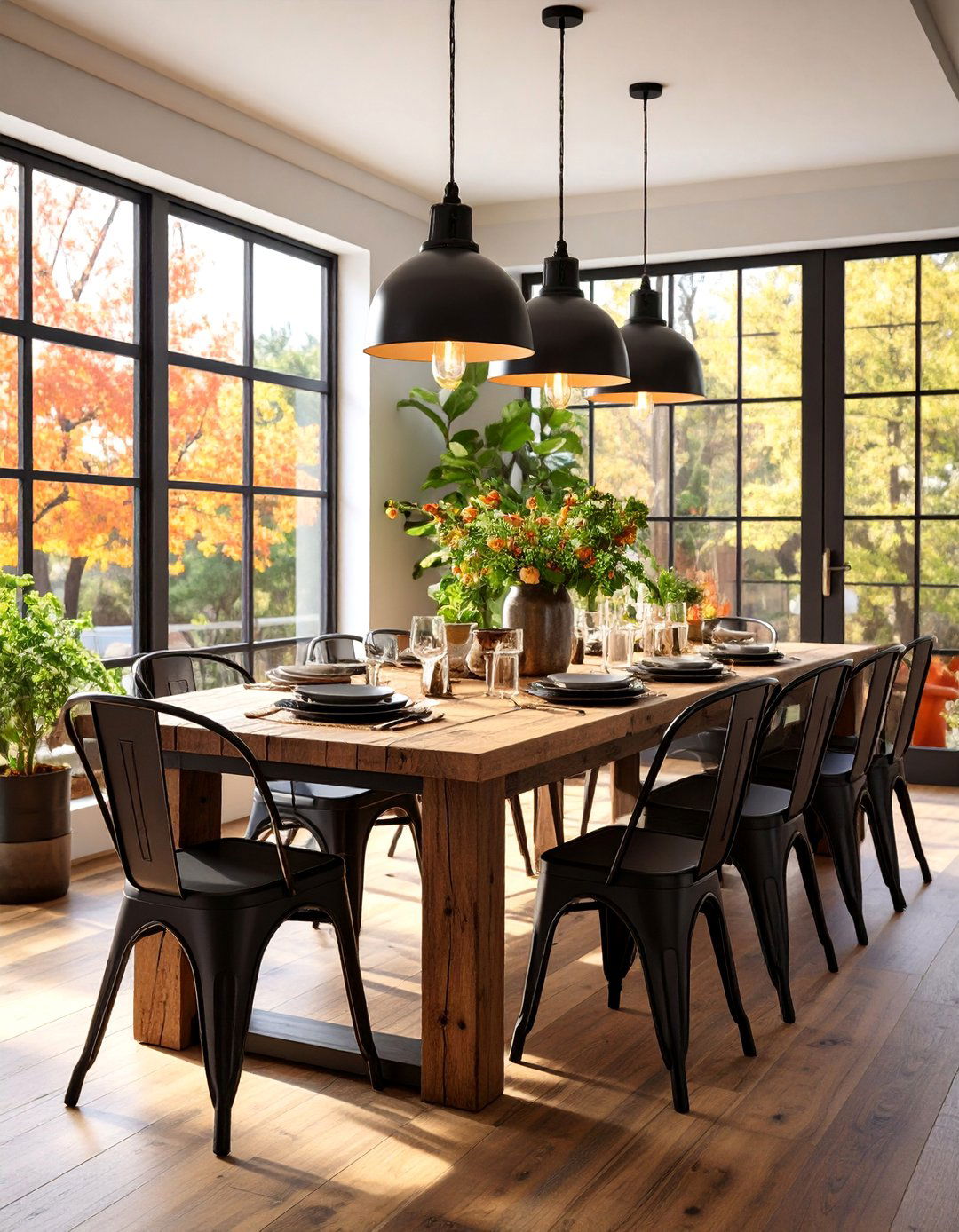
Combine rustic wooden farmhouse table with sleek metal dining chairs in black or gunmetal finish to achieve perfect transitional balance between casual and contemporary elements. The substantial wood table provides traditional warmth and character while metal chairs add modern industrial edge and easy maintenance. Choose chairs with simple lines and comfortable proportions that complement rather than compete with the table's natural beauty. This combination works particularly well in casual dining spaces or kitchen dining areas where relaxed sophistication is desired. The contrast between materials creates visual interest while maintaining the balanced aesthetic characteristic of transitional design.
25. Layered Textile Window Treatments
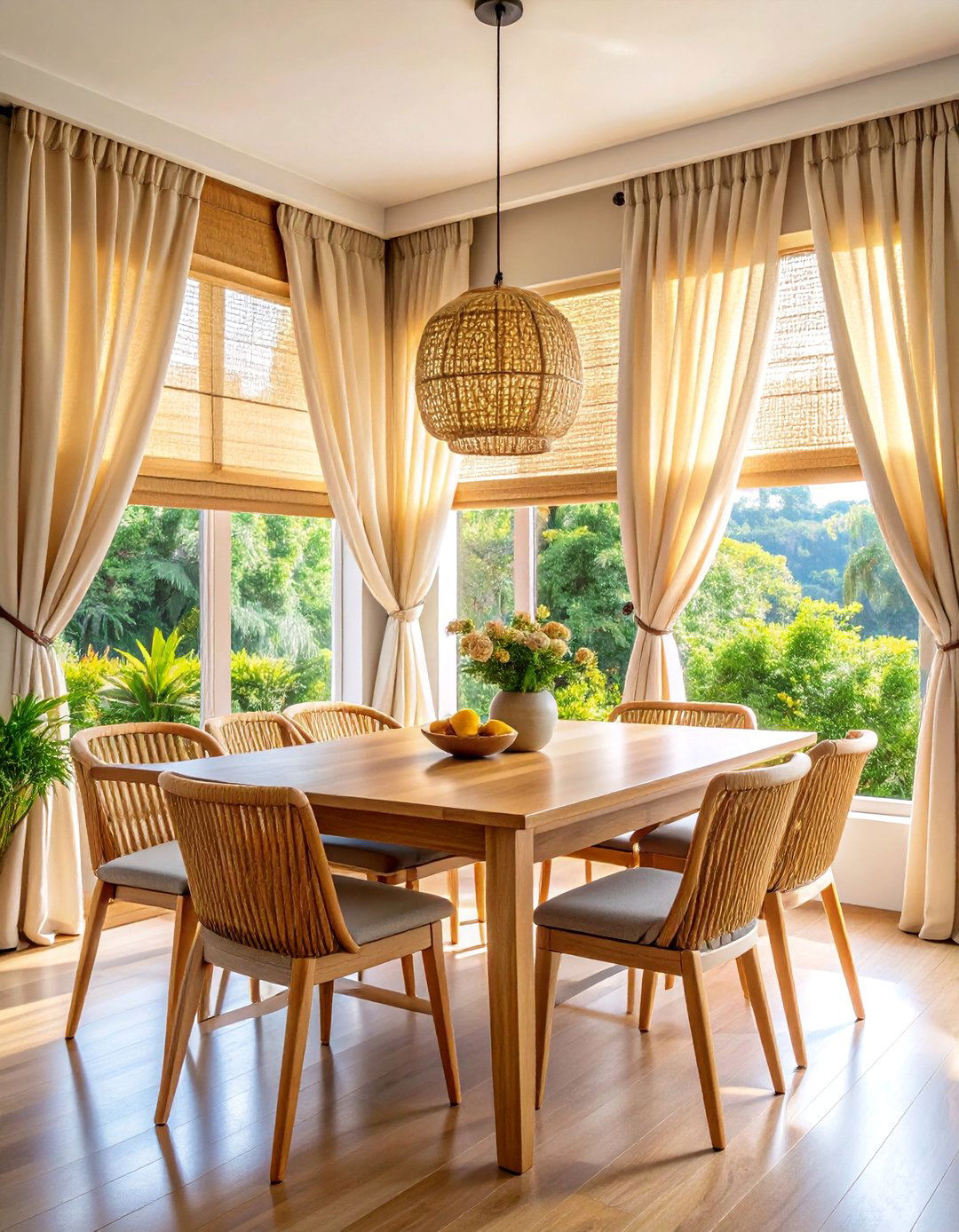
Create sophisticated window dressing with layered treatments combining natural woven shades with flowing curtain panels in coordinating neutral tones. This approach provides privacy control and light filtering while adding textural interest and softness to hard architectural elements. Choose materials like bamboo or jute for shades paired with linen or cotton curtains in cream, soft gray, or warm white. The layered approach offers flexibility for different lighting needs throughout the day while maintaining the serene, sophisticated atmosphere essential to transitional design. This treatment adds architectural interest while preserving the clean, uncluttered aesthetic that defines successful transitional spaces.
Conclusion:
Transitional dining rooms offer the perfect solution for those seeking timeless elegance without sacrificing contemporary comfort. By thoughtfully combining traditional elements with modern sensibilities, these spaces create welcoming environments suitable for both everyday family meals and formal entertaining. The key lies in selecting quality materials, maintaining neutral color palettes, and focusing on comfort and functionality. Whether incorporating a single transitional element or completely redesigning your dining space, these ideas provide the foundation for creating a sophisticated room that will remain stylish for years to come.



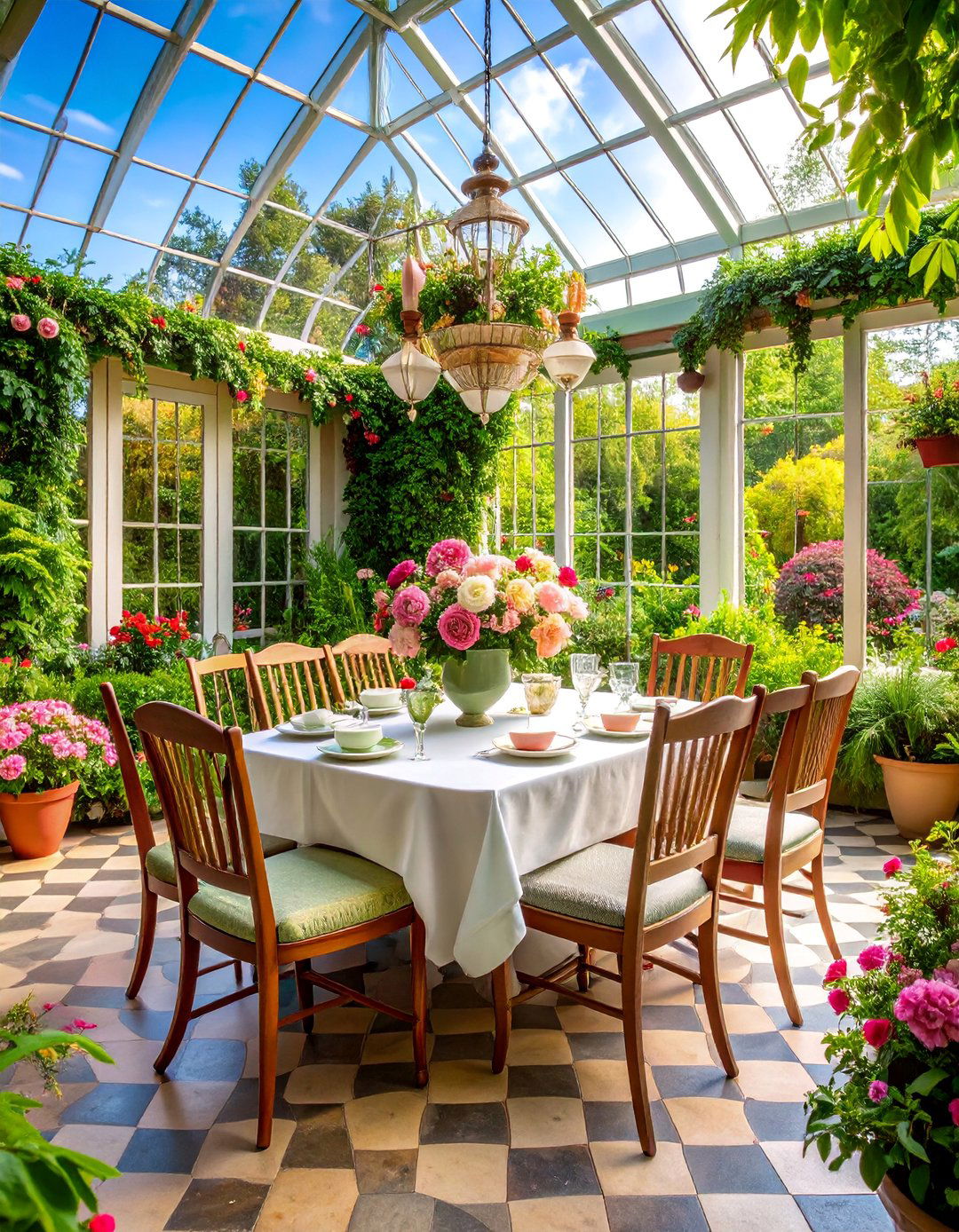
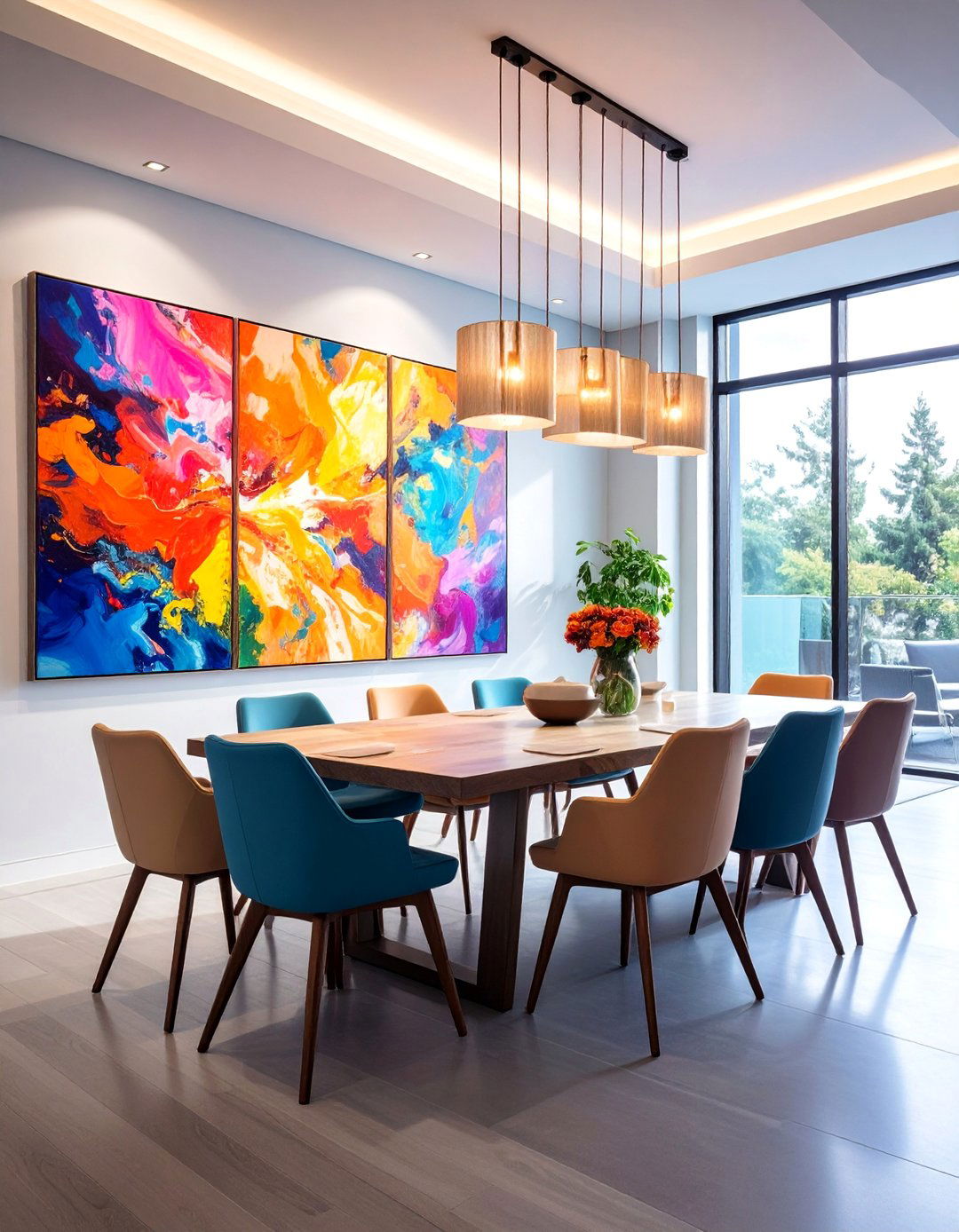
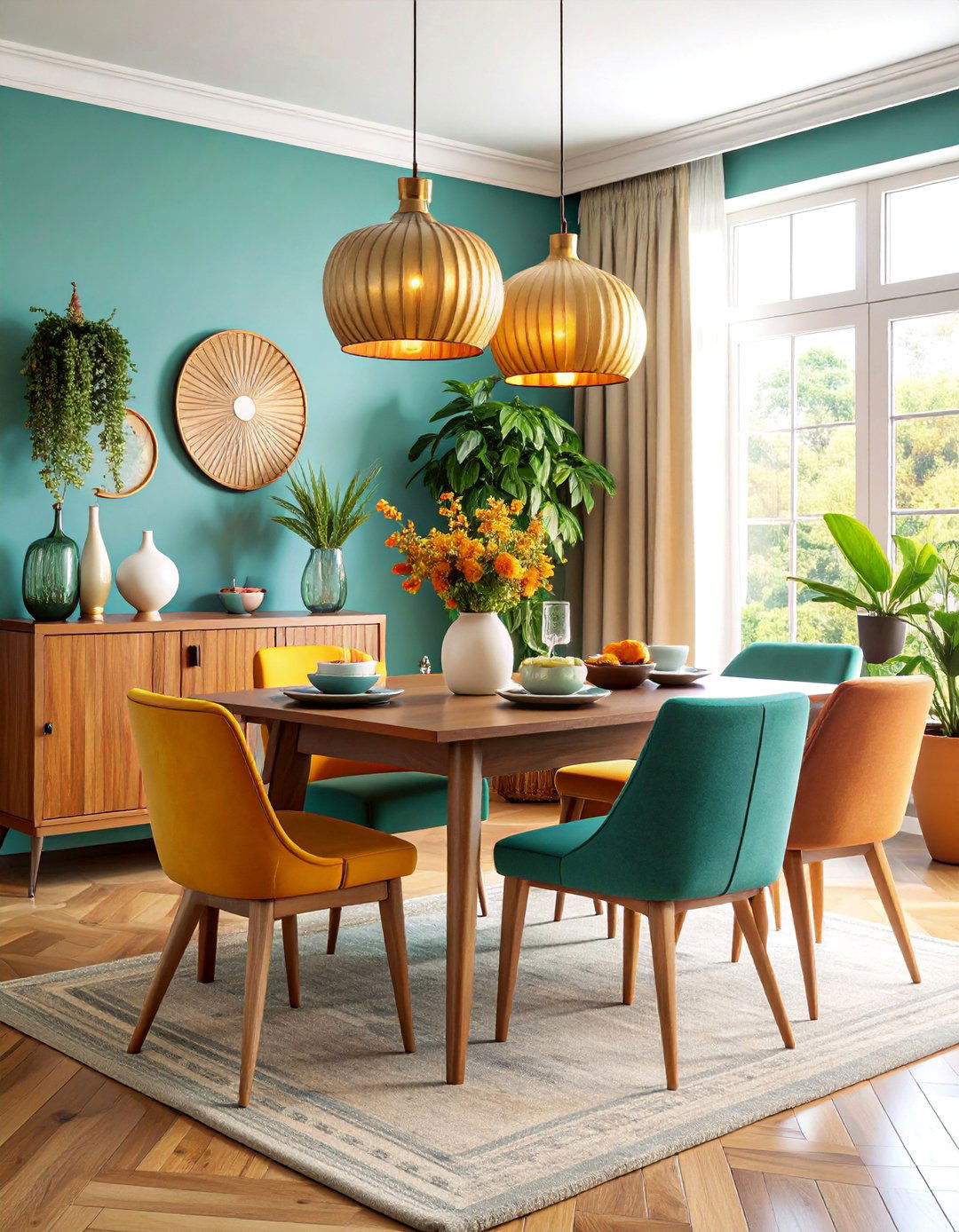
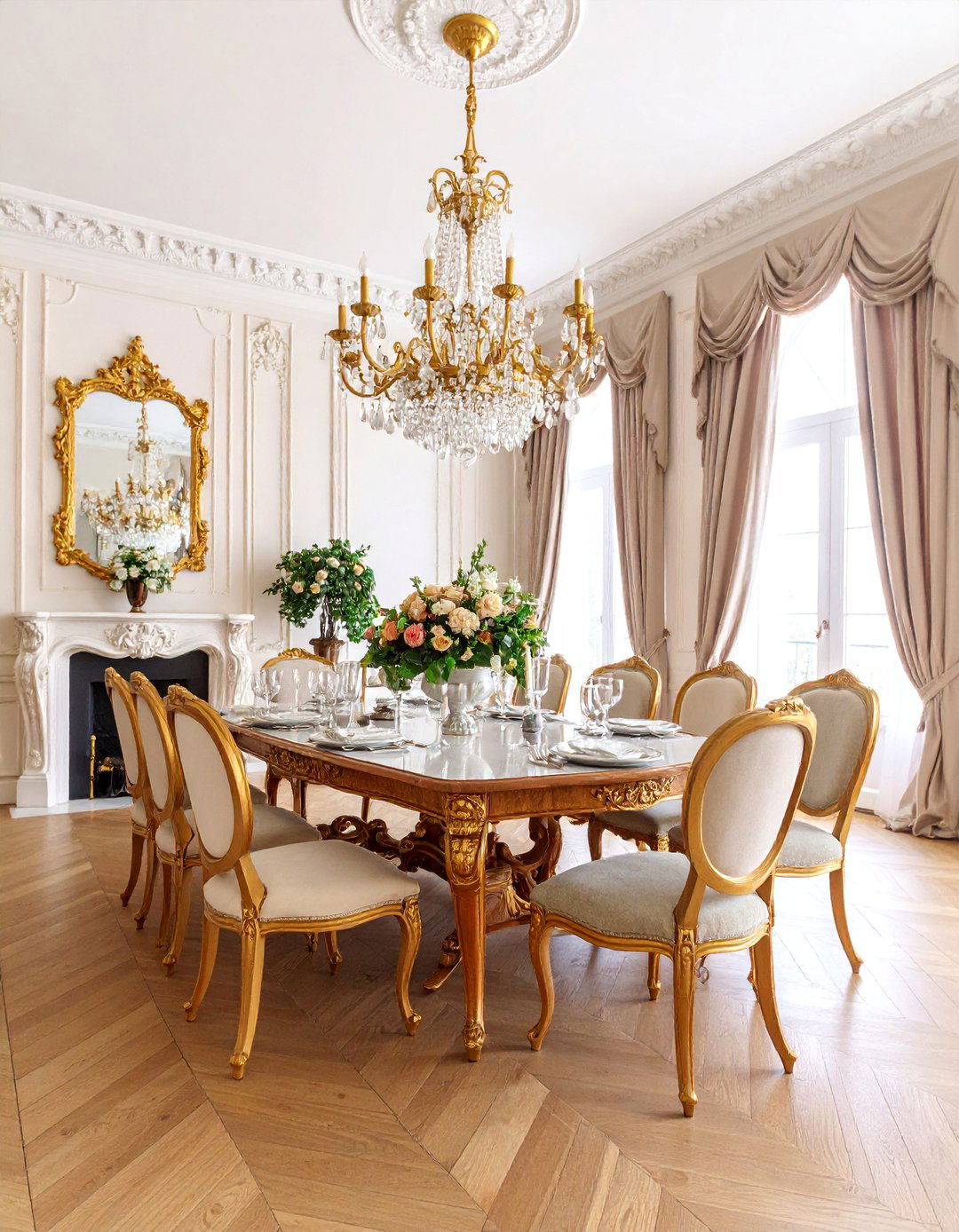
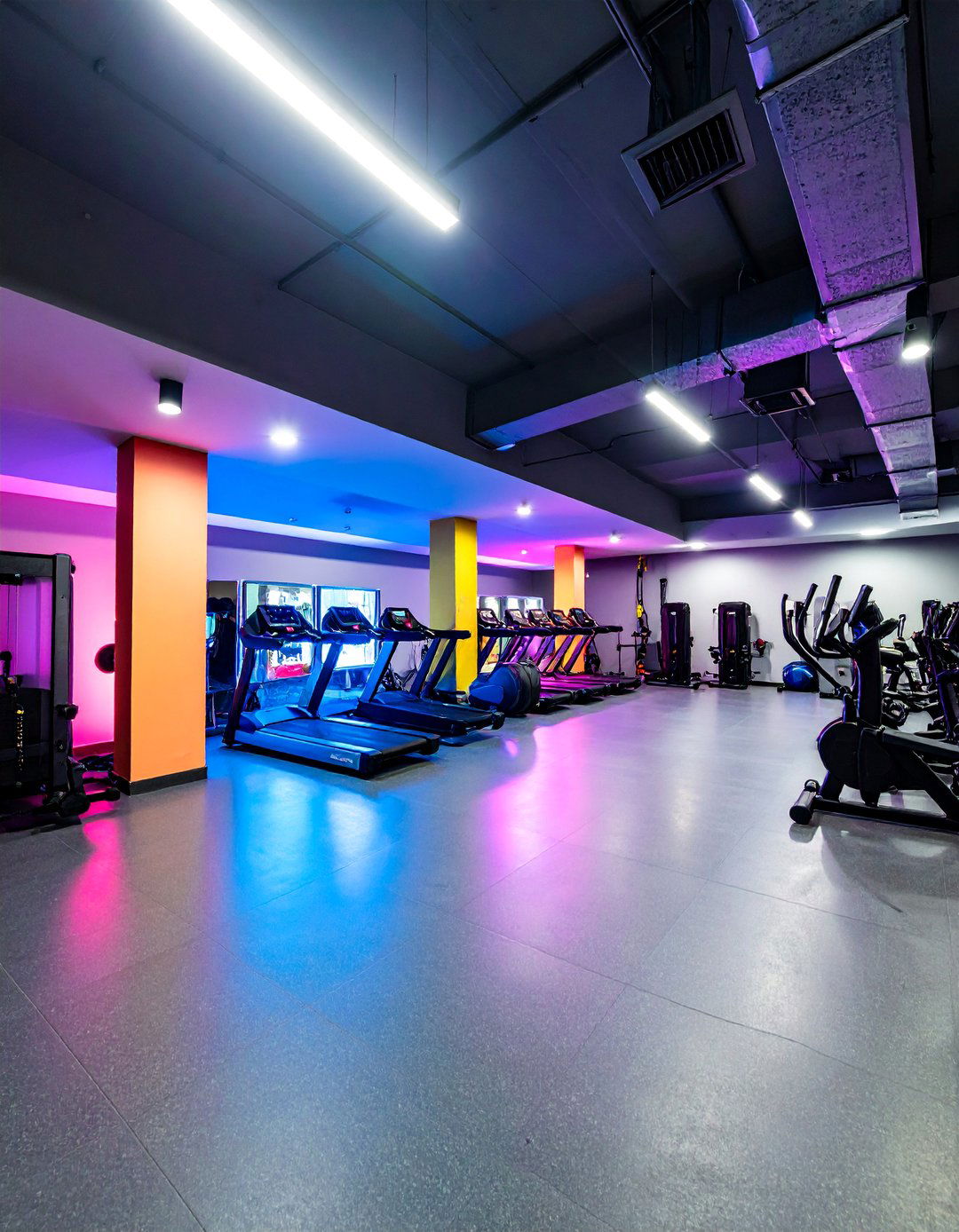

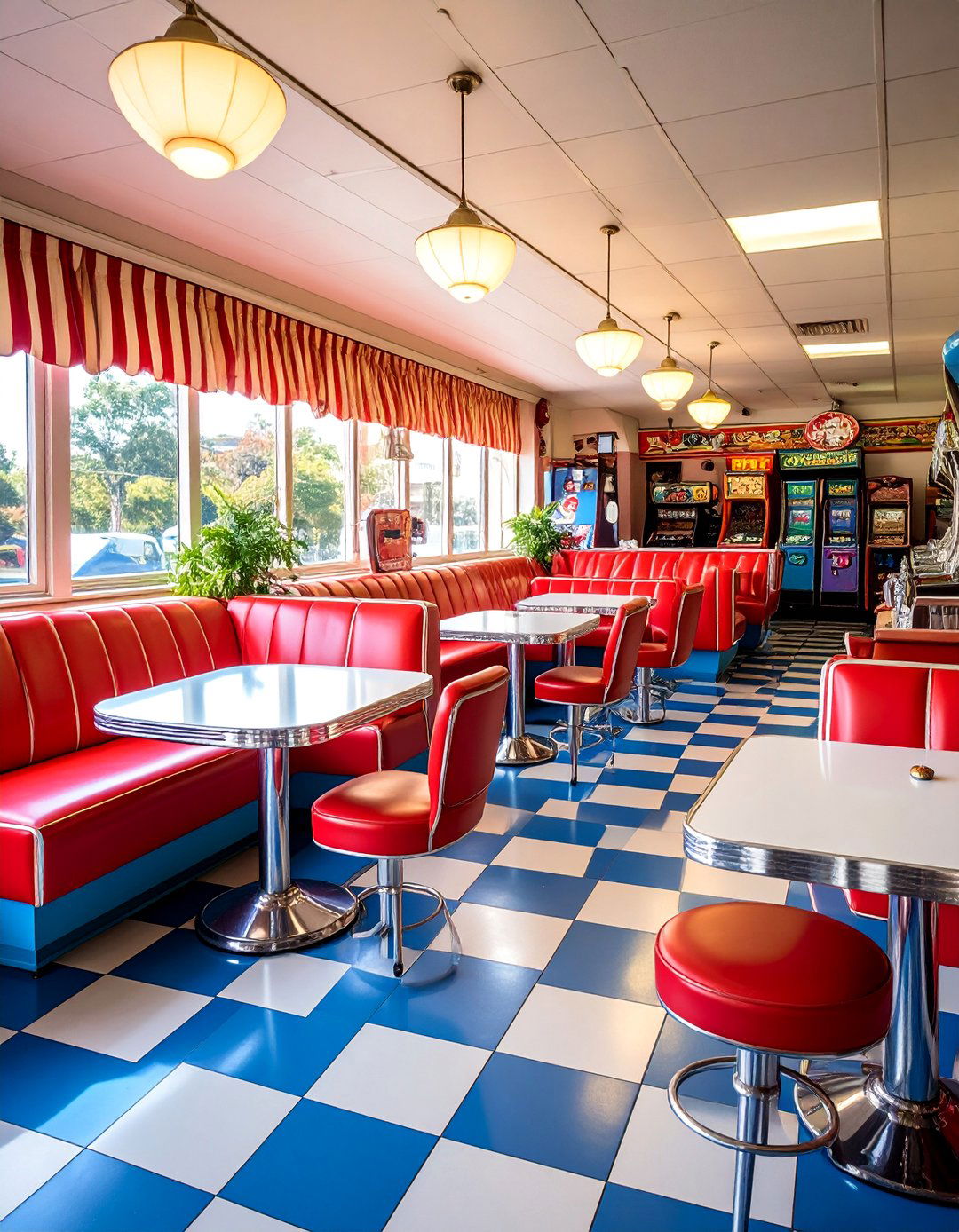
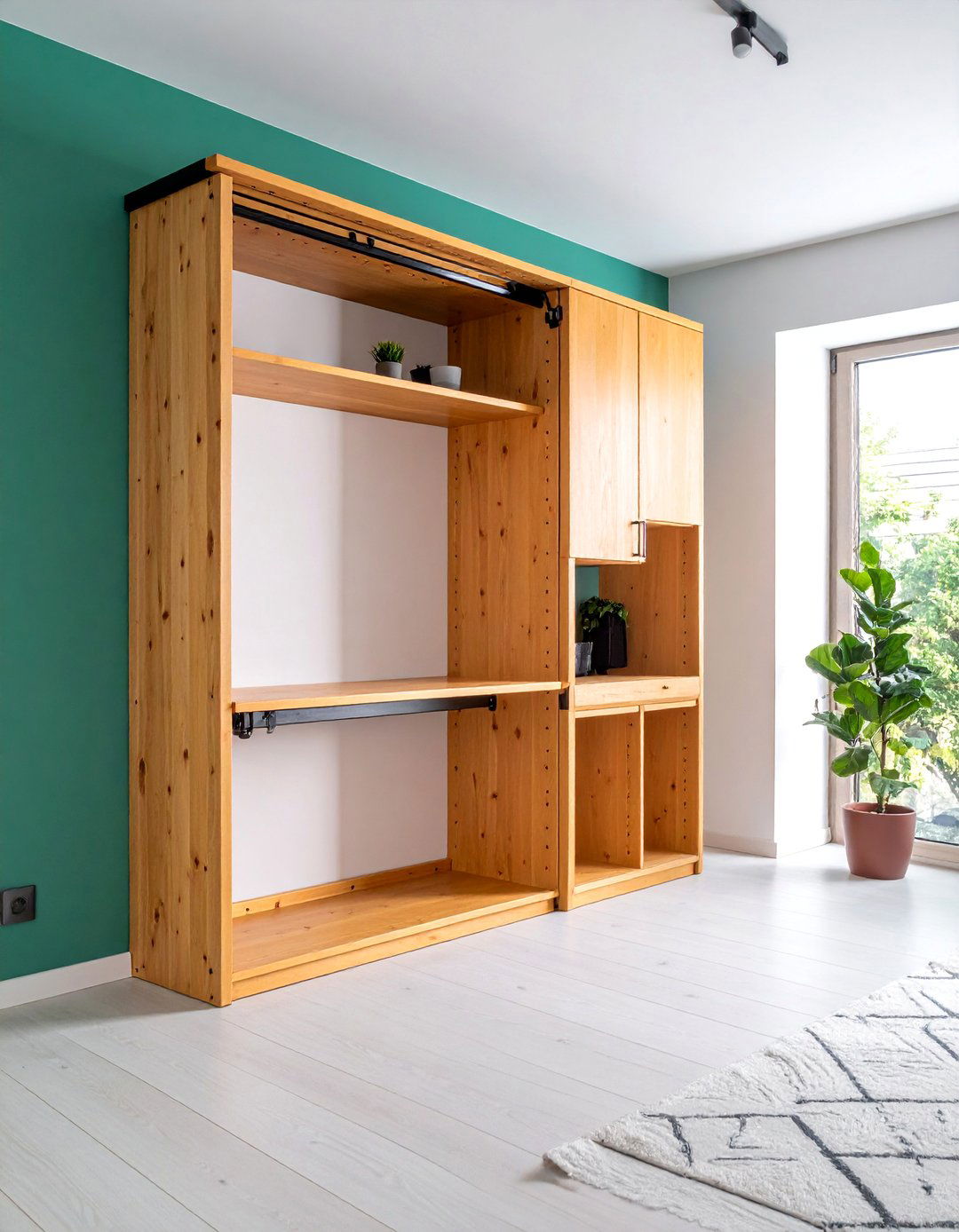
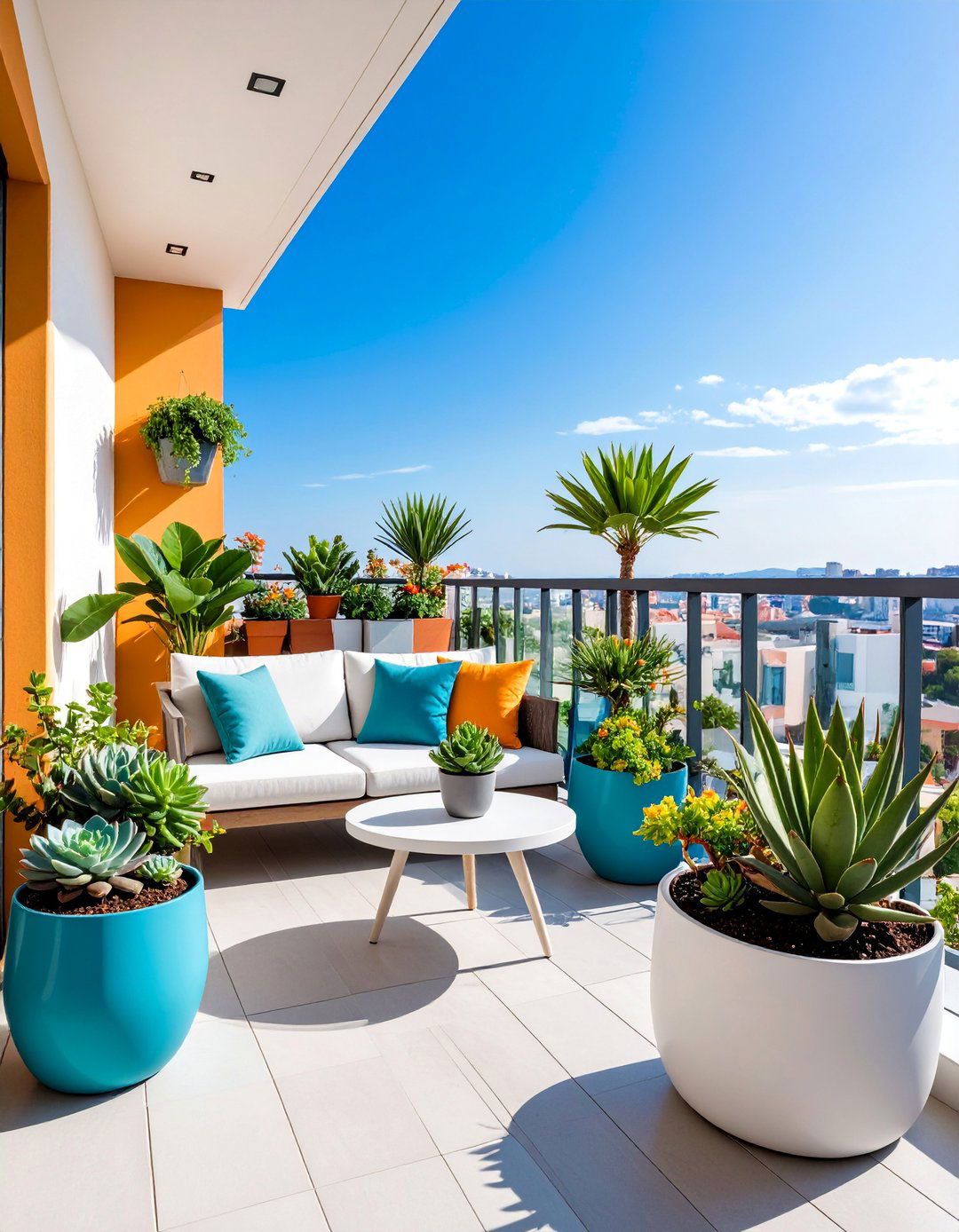
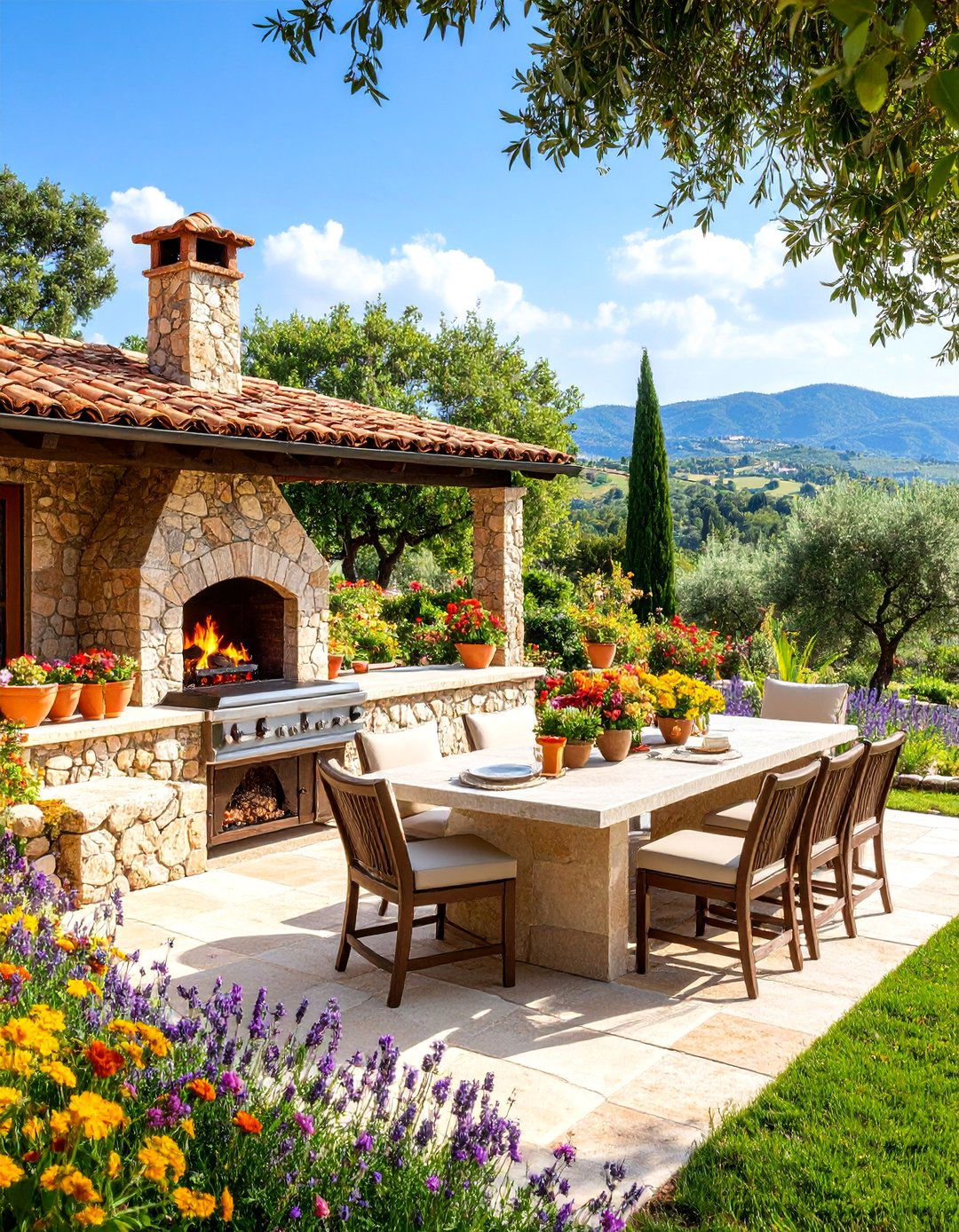
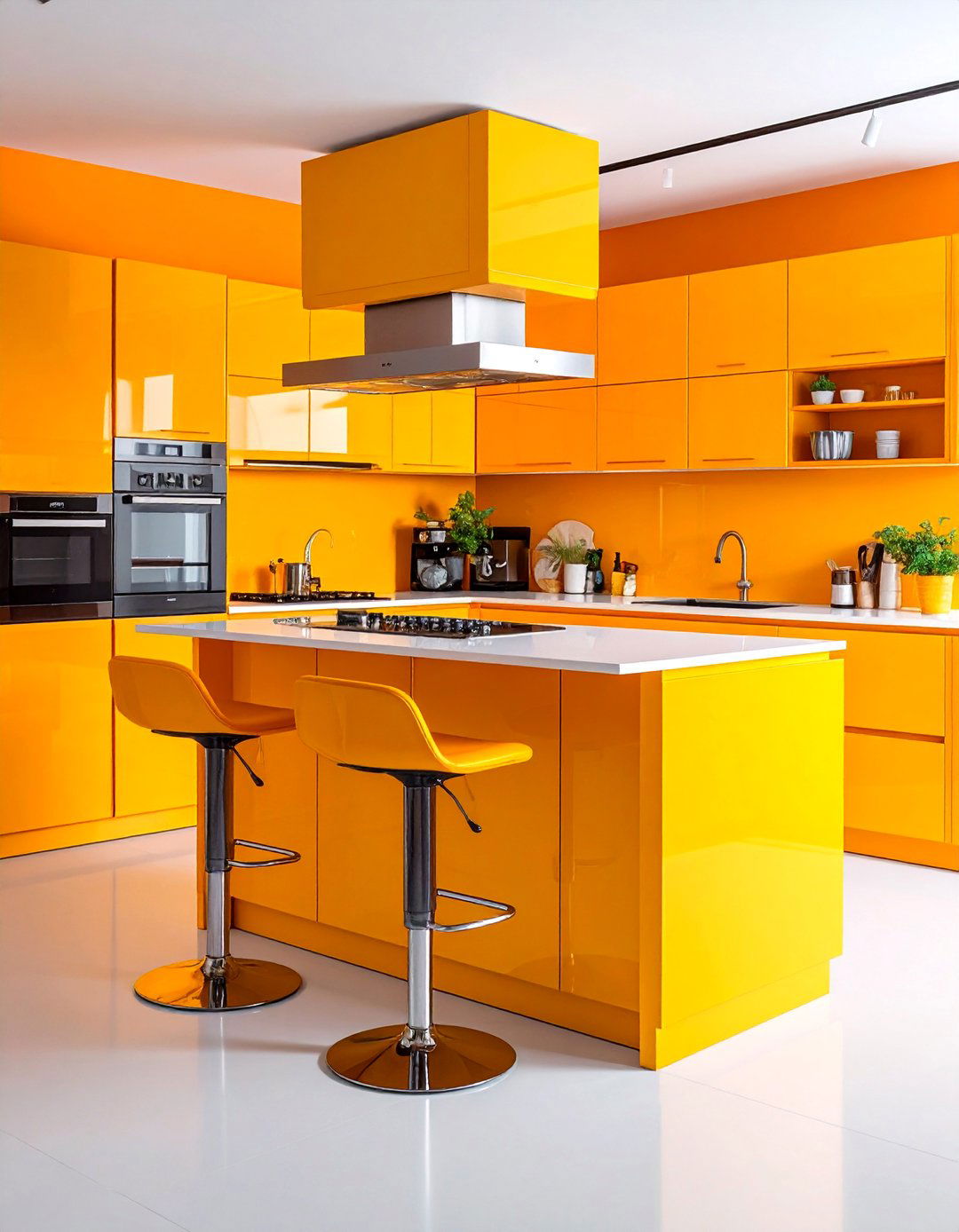

Leave a Reply